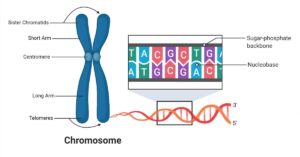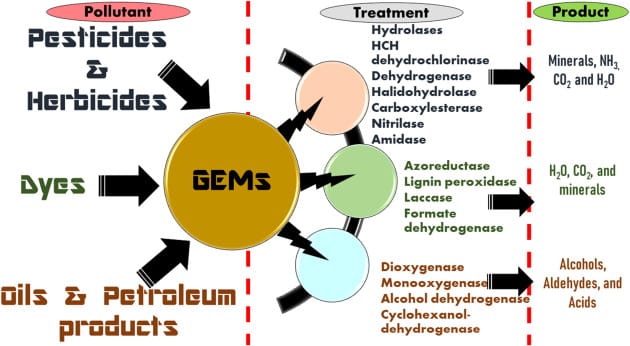Introduction
Linkage is a key genetic principle that explains how genes located on the same chromosome are inherited together. This concept deviates from Mendel’s law of independent assortment, where genes located on different chromosomes segregate independently. The phenomenon of linkage provides insights into genetic inheritance and has far-reaching implications in genetics, agriculture, and medicine.

Key Concepts in Linkage
- Genes and Chromosomes:
Each chromosome carries multiple genes. Genes located on the same chromosome are either inherited together or segregate due to crossing over. - Linkage Definition:
Linkage refers to the tendency of genes on the same chromosome to be inherited together because of their physical proximity. - Mendelian Perspective:
When genes are located on different chromosomes, their inheritance follows Mendel’s law of independent assortment. However, when genes are on the same chromosome, their inheritance is influenced by linkage.
Associated Terms
- Linkage Group:
All genes located on a single chromosome that tend to be inherited together. - Linkage Map:
A diagrammatic representation of genes on a chromosome, constructed based on recombination frequencies. - Non-Random Assortment:
Linked genes do not assort independently during meiosis due to their physical proximity.
Characteristics of Linked Genes
- Independent Assortment:
Genes on different chromosomes assort independently, resulting in a 1:1:1:1 ratio in a test cross. - Inheritance of Linked Genes:
Linked genes stay together during meiosis, often maintaining the parental combination unless crossing over occurs.
Chromosome Theory of Linkage
Formulated by Morgan and Castle, the chromosome theory of linkage highlights:
- Location:
Linked genes are situated on the same chromosome and are physically bound by chromosomal material. - Strength of Linkage:
The strength of linkage is determined by the distance between genes. Genes closer together show stronger linkage, while genes farther apart are more likely to experience crossing over. - Linear Arrangement:
Genes are arranged linearly on chromosomes.
Types of Linkage
Morgan’s work on Drosophila melanogaster identified two types of linkage:
1. Complete Linkage
- Definition:
Complete linkage occurs when genes are so closely located that they are always inherited together. - Example:
In Drosophila melanogaster, genes for bent wings (bt) and shaven bristles (svn) on the fourth chromosome show complete linkage. - Observation:
Parental combinations of traits persist over generations.
2. Incomplete Linkage
- Definition:
Incomplete linkage occurs when genes are located farther apart, allowing for occasional separation due to crossing over. - Mechanism:
Crossing over involves the exchange of chromosomal segments between homologous chromosomes during meiotic prophase. - Example:
- In maize (Zea mays), genes controlling seed color and shape show incomplete linkage.
- Parental combinations dominate, but 4% of progeny exhibit new combinations due to crossing over.

Significance of Linkage
- Genetic Stability:
Linkage ensures that specific gene combinations are preserved over generations, reducing variability unless crossing over occurs. - Mapping Genes:
Linkage maps help identify gene loci and understand genetic relationships, aiding in research and medical applications. - Practical Applications:
- In agriculture, understanding linkage helps in selective breeding programs to combine desirable traits.
- In medicine, linkage analysis aids in identifying genetic markers for inherited diseases.
Conclusion
Linkage is a fundamental genetic principle that sheds light on how genes are inherited together due to their physical proximity on chromosomes. Its study not only enriches our understanding of genetics but also provides tools for advancements in agriculture, biotechnology, and medicine. From Morgan’s early experiments to modern genetic research, linkage continues to be a cornerstone of genetic analysis.







